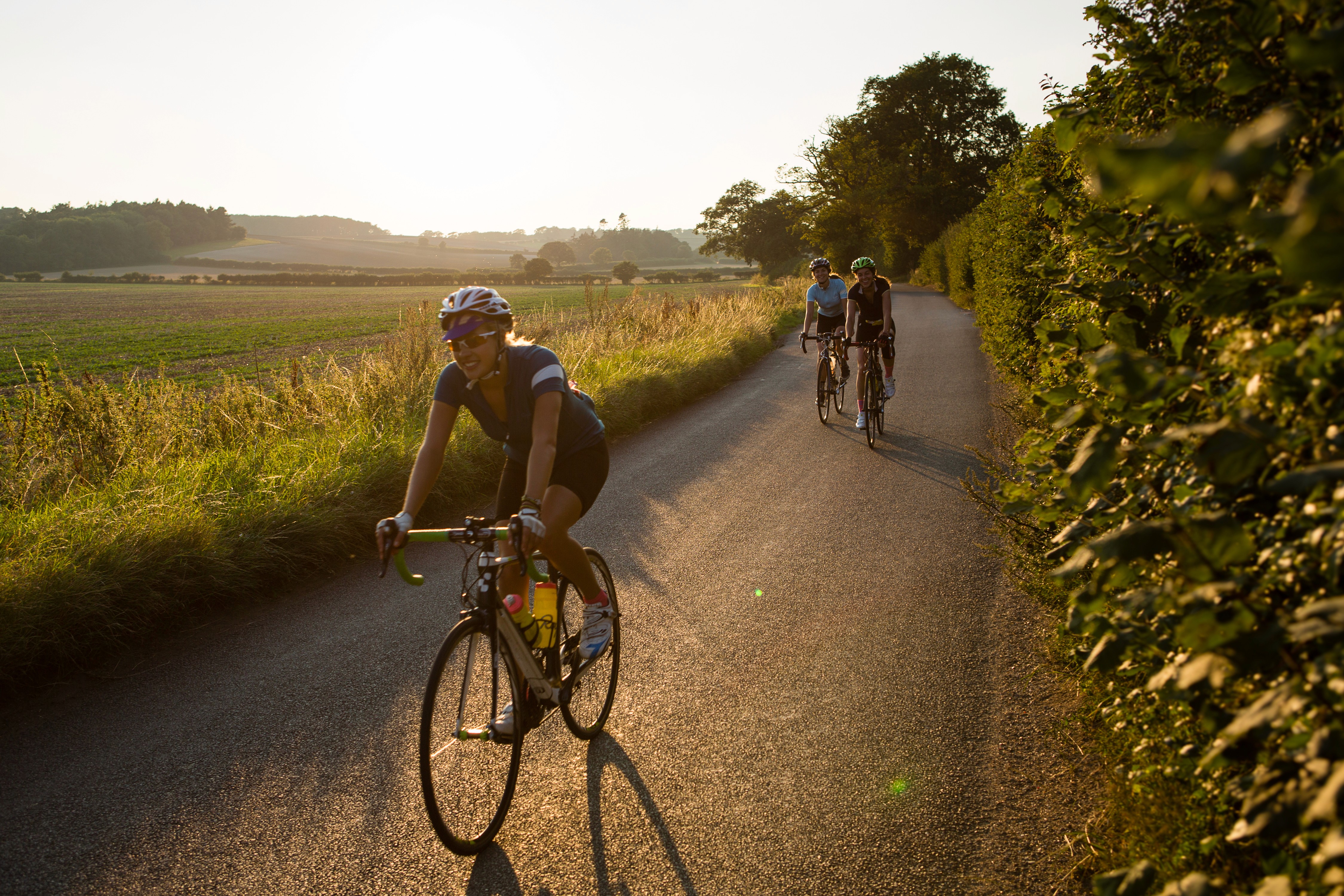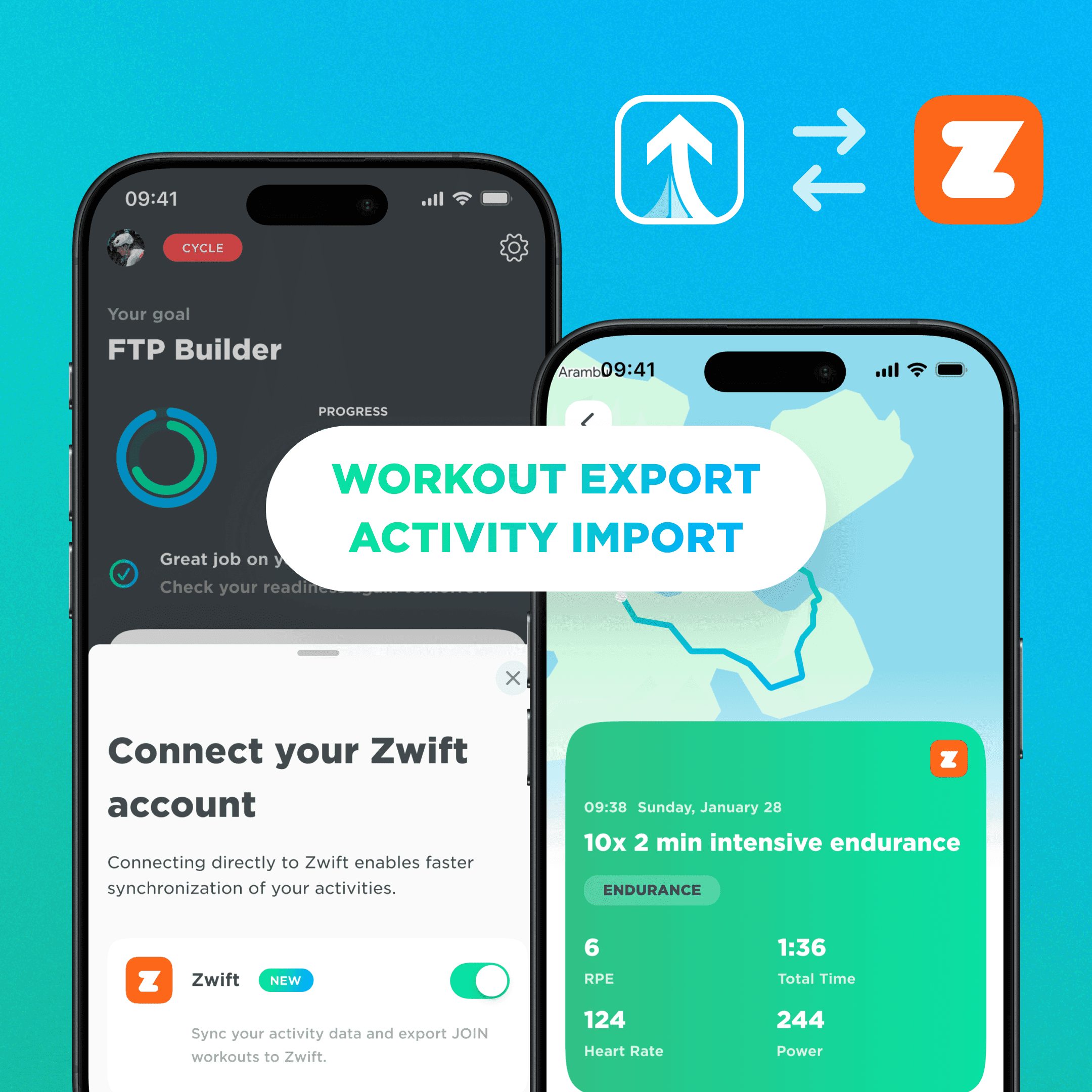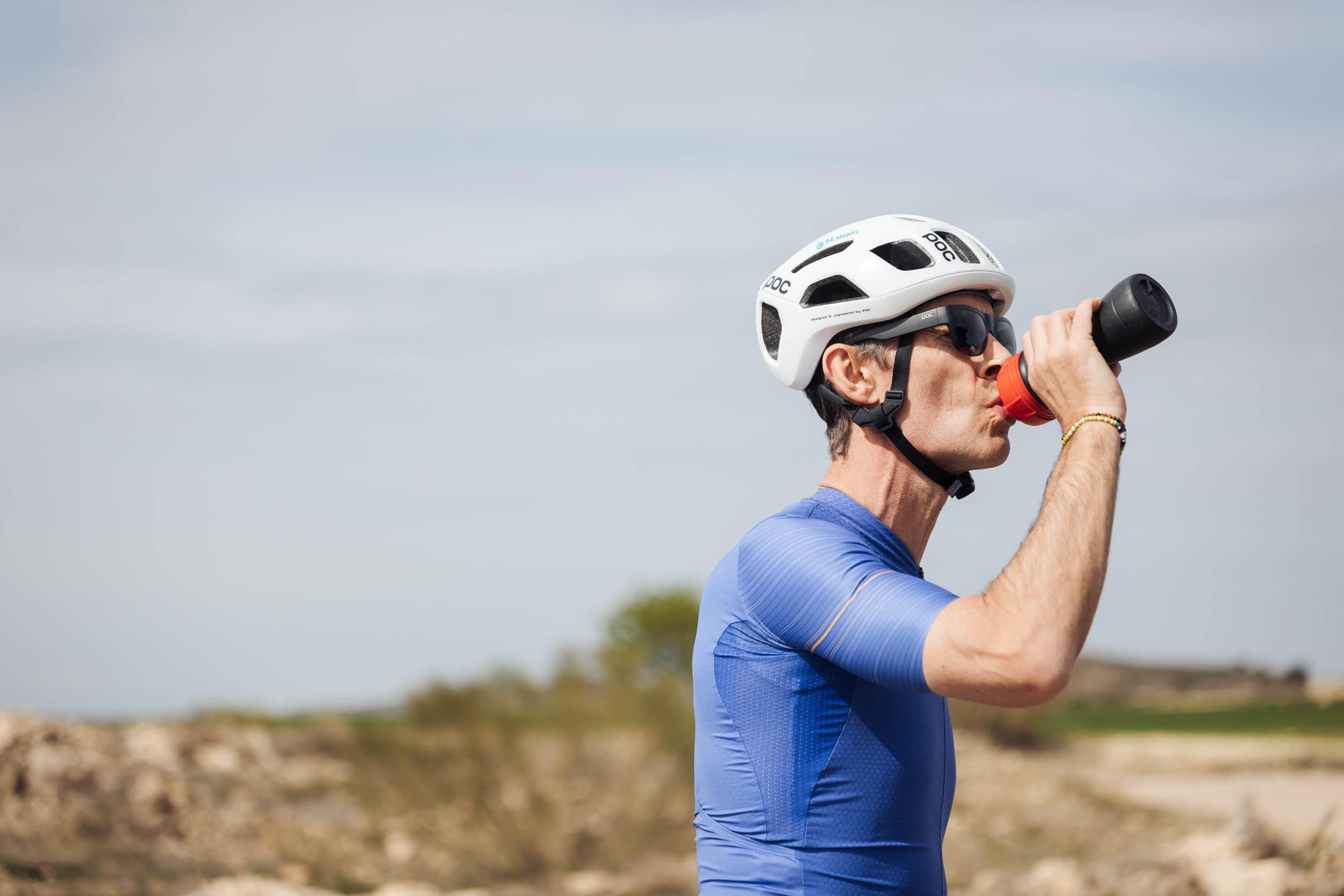Average power or heart rate?
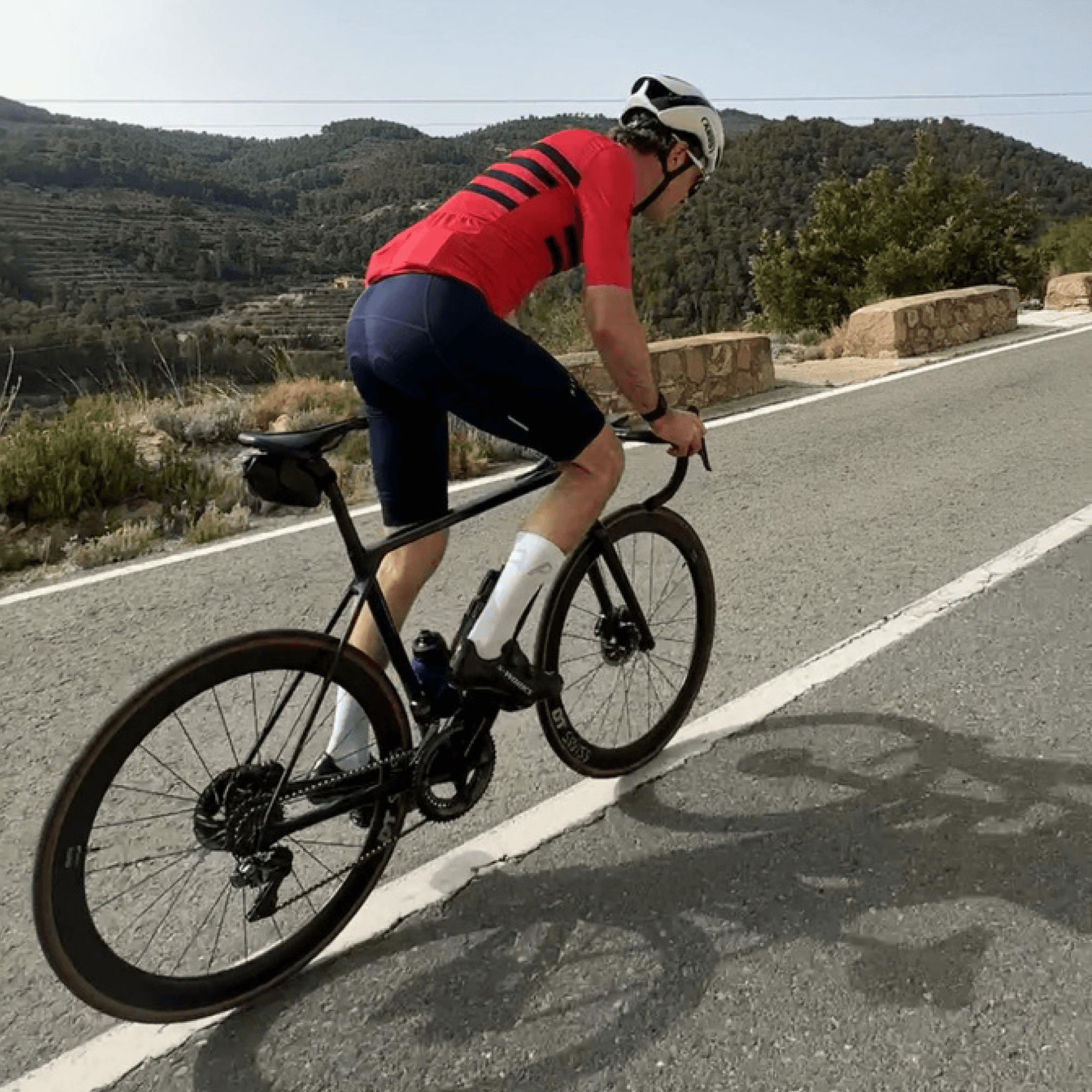
Oct 31, 2022
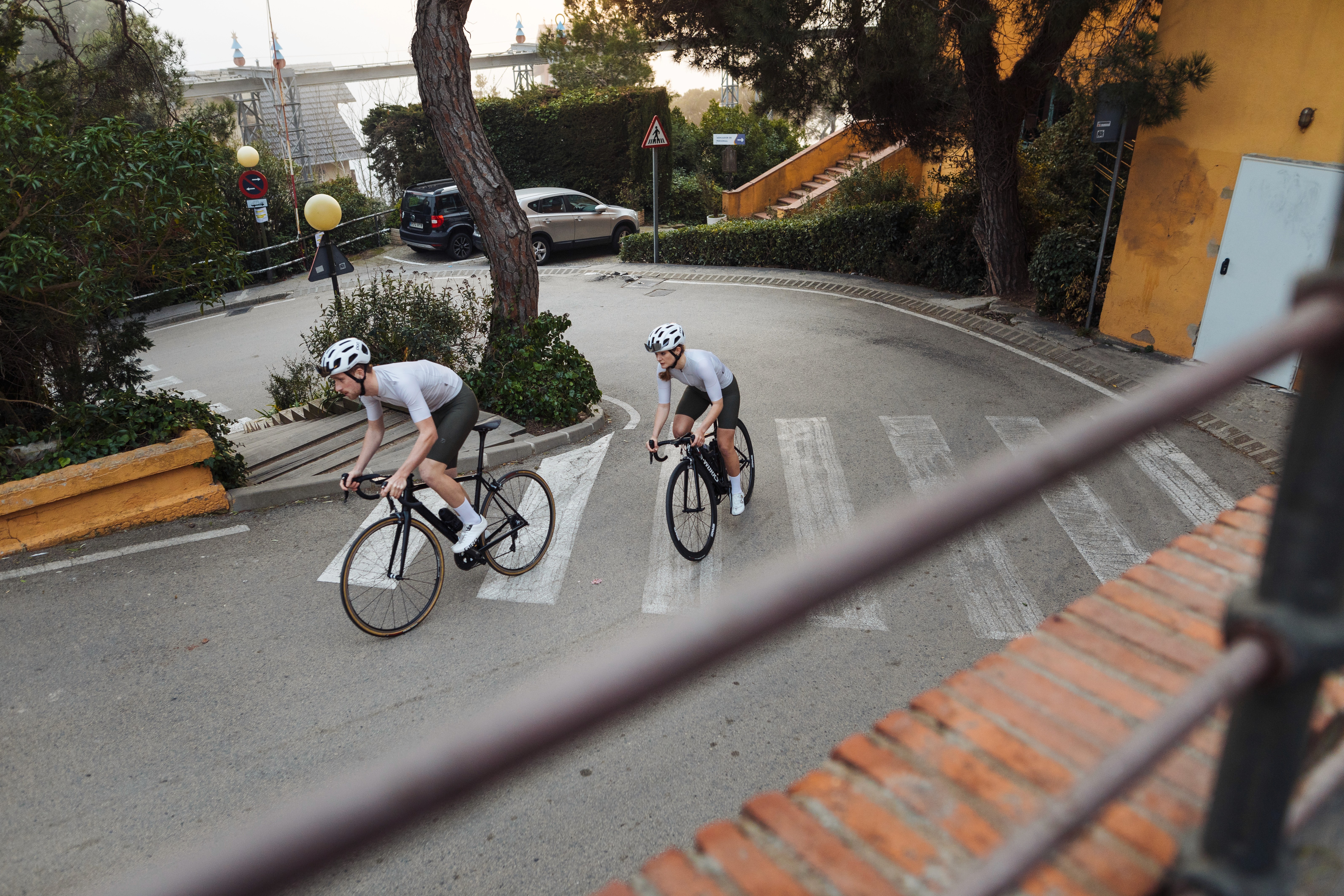
Average power or heart rate?
Oct 31, 2022

Average power or heart rate?

Oct 31, 2022

A question that comes up frequently is what power or heart rate you should focus on in your intervals with the JOIN Cycling workouts. For example, should you look at the heart rate or power that jumps every second or at the average over the entire interval. And is that different for very long intervals or over your entire workout? For example, how do you handle turns or hills in your interval? Should you compensate for the moments when didn’t pedal? Again cycling turns out not to be as easy as it seems.
First, there is a big difference in training for heart rate and power. With power, you can focus on target power from the very first seconds. Of course, you may have a bad day or the conditions are not optimal, but in principle it should just be doable. After all, the heart rates and power outputs associated with the intervals are tailored to your abilities. With heart rate, however, you have to trust your instincts much more. Your heart rate rises slowly to the target heart rate and if you trained hard the day before or get dehydrated at the end of your workout, the heart rate response is very difficult to interpret. We have written an extensive article about comparing your power and heart rate before.
Matching the route to your workout
What we mainly want to talk about now is what you should do if, for example, you have to ride 250 watts for 10 minutes, but encounter 4 turns or a small hill with downhill. First of all, you try to avoid this of course and match the route to your workout. It is much easier to keep your power output constant with unchanging conditions. So preferably aim your intervals at long stretches straight road on the flat or with an even gradient, as explained in the 'Beter Worden Podcast' episode 52.
Target power or heart rate
Now that doesn't always work out and in that case do not try to average the target power or heart rate. After all, that would mean (too) hard accelerations after every turn or all out on a climb with the goal of compensating for the moments you don’t pedal. Of course, you try to minimize those moments, but if you try to compensate this then you are targeting (partially) another energy system. That, of course, is not the purpose of structured intervals.
Perhaps more importantly, and in any case a situation that occurs regularly, is when a long and easy endurance training is planned within the endurance. Of course, you then never ride exactly the target power, but you try to stay within the targeted zone with a certain bandwidth. In addition, you may well sprint or push yourself on a short climb, but it is not the intention to ride much higher power numbers on a climb of 10 minutes or longer to compensate for the descent.
Headwind or tailwind
It also happens regularly that the route is cridden with a headwind in the first half and a tailwind for the second half. If you don't pay attention, the first half you ride at 250 watts and the second half at 150 watts. This is then a substantially different effort than a constant 200 Watts, while the average power is the same.
Based on heart rate, you may find this difference impossible to notice at all. This is because the second half brings with some fatigue and thus the heart rate is automatically a bit higher for the same power output. In addition, a headwind often results in a somewhat higher cadence and thus a less efficient pedaling and therefore also a higher heart rate. So it may very well be that the 250 Watt with the head wind against in the first half results in the same heart rate as the 150 Watt with tailwind.
In the end, it’s is best to adjust the route to the training. Especially with very strong winds, you can try to ride a bit more sheltered or meander a bit more instead of the "good-old" first half head wind and then tailwind. Very crazy idea of course, but just give it a try.
A question that comes up frequently is what power or heart rate you should focus on in your intervals with the JOIN Cycling workouts. For example, should you look at the heart rate or power that jumps every second or at the average over the entire interval. And is that different for very long intervals or over your entire workout? For example, how do you handle turns or hills in your interval? Should you compensate for the moments when didn’t pedal? Again cycling turns out not to be as easy as it seems.
First, there is a big difference in training for heart rate and power. With power, you can focus on target power from the very first seconds. Of course, you may have a bad day or the conditions are not optimal, but in principle it should just be doable. After all, the heart rates and power outputs associated with the intervals are tailored to your abilities. With heart rate, however, you have to trust your instincts much more. Your heart rate rises slowly to the target heart rate and if you trained hard the day before or get dehydrated at the end of your workout, the heart rate response is very difficult to interpret. We have written an extensive article about comparing your power and heart rate before.
Matching the route to your workout
What we mainly want to talk about now is what you should do if, for example, you have to ride 250 watts for 10 minutes, but encounter 4 turns or a small hill with downhill. First of all, you try to avoid this of course and match the route to your workout. It is much easier to keep your power output constant with unchanging conditions. So preferably aim your intervals at long stretches straight road on the flat or with an even gradient, as explained in the 'Beter Worden Podcast' episode 52.
Target power or heart rate
Now that doesn't always work out and in that case do not try to average the target power or heart rate. After all, that would mean (too) hard accelerations after every turn or all out on a climb with the goal of compensating for the moments you don’t pedal. Of course, you try to minimize those moments, but if you try to compensate this then you are targeting (partially) another energy system. That, of course, is not the purpose of structured intervals.
Perhaps more importantly, and in any case a situation that occurs regularly, is when a long and easy endurance training is planned within the endurance. Of course, you then never ride exactly the target power, but you try to stay within the targeted zone with a certain bandwidth. In addition, you may well sprint or push yourself on a short climb, but it is not the intention to ride much higher power numbers on a climb of 10 minutes or longer to compensate for the descent.
Headwind or tailwind
It also happens regularly that the route is cridden with a headwind in the first half and a tailwind for the second half. If you don't pay attention, the first half you ride at 250 watts and the second half at 150 watts. This is then a substantially different effort than a constant 200 Watts, while the average power is the same.
Based on heart rate, you may find this difference impossible to notice at all. This is because the second half brings with some fatigue and thus the heart rate is automatically a bit higher for the same power output. In addition, a headwind often results in a somewhat higher cadence and thus a less efficient pedaling and therefore also a higher heart rate. So it may very well be that the 250 Watt with the head wind against in the first half results in the same heart rate as the 150 Watt with tailwind.
In the end, it’s is best to adjust the route to the training. Especially with very strong winds, you can try to ride a bit more sheltered or meander a bit more instead of the "good-old" first half head wind and then tailwind. Very crazy idea of course, but just give it a try.
A question that comes up frequently is what power or heart rate you should focus on in your intervals with the JOIN Cycling workouts. For example, should you look at the heart rate or power that jumps every second or at the average over the entire interval. And is that different for very long intervals or over your entire workout? For example, how do you handle turns or hills in your interval? Should you compensate for the moments when didn’t pedal? Again cycling turns out not to be as easy as it seems.
First, there is a big difference in training for heart rate and power. With power, you can focus on target power from the very first seconds. Of course, you may have a bad day or the conditions are not optimal, but in principle it should just be doable. After all, the heart rates and power outputs associated with the intervals are tailored to your abilities. With heart rate, however, you have to trust your instincts much more. Your heart rate rises slowly to the target heart rate and if you trained hard the day before or get dehydrated at the end of your workout, the heart rate response is very difficult to interpret. We have written an extensive article about comparing your power and heart rate before.
Matching the route to your workout
What we mainly want to talk about now is what you should do if, for example, you have to ride 250 watts for 10 minutes, but encounter 4 turns or a small hill with downhill. First of all, you try to avoid this of course and match the route to your workout. It is much easier to keep your power output constant with unchanging conditions. So preferably aim your intervals at long stretches straight road on the flat or with an even gradient, as explained in the 'Beter Worden Podcast' episode 52.
Target power or heart rate
Now that doesn't always work out and in that case do not try to average the target power or heart rate. After all, that would mean (too) hard accelerations after every turn or all out on a climb with the goal of compensating for the moments you don’t pedal. Of course, you try to minimize those moments, but if you try to compensate this then you are targeting (partially) another energy system. That, of course, is not the purpose of structured intervals.
Perhaps more importantly, and in any case a situation that occurs regularly, is when a long and easy endurance training is planned within the endurance. Of course, you then never ride exactly the target power, but you try to stay within the targeted zone with a certain bandwidth. In addition, you may well sprint or push yourself on a short climb, but it is not the intention to ride much higher power numbers on a climb of 10 minutes or longer to compensate for the descent.
Headwind or tailwind
It also happens regularly that the route is cridden with a headwind in the first half and a tailwind for the second half. If you don't pay attention, the first half you ride at 250 watts and the second half at 150 watts. This is then a substantially different effort than a constant 200 Watts, while the average power is the same.
Based on heart rate, you may find this difference impossible to notice at all. This is because the second half brings with some fatigue and thus the heart rate is automatically a bit higher for the same power output. In addition, a headwind often results in a somewhat higher cadence and thus a less efficient pedaling and therefore also a higher heart rate. So it may very well be that the 250 Watt with the head wind against in the first half results in the same heart rate as the 150 Watt with tailwind.
In the end, it’s is best to adjust the route to the training. Especially with very strong winds, you can try to ride a bit more sheltered or meander a bit more instead of the "good-old" first half head wind and then tailwind. Very crazy idea of course, but just give it a try.
More Relevant Articles
Discover valuable training tips to enhance your cycling performance.
More Relevant Articles
Discover valuable training tips to enhance your cycling performance.
More Relevant Articles
Discover valuable training tips to enhance your cycling performance.

Unlock Your Cycling Potential Today
Join thousands of cyclists who have improved their performance with JOIN's training plans.
Probeer het nu
Meer Informatie

Unlock Your Cycling Potential Today
Join thousands of cyclists who have improved their performance with JOIN's training plans.
By joining, you agree to our Terms and Conditions and our Privacy Policy.

Unlock Your Cycling Potential Today
Join thousands of cyclists who have improved their performance with JOIN's training plans.
By joining, you agree to our Terms and Conditions and our Privacy Policy.
Join Now
Join Now
